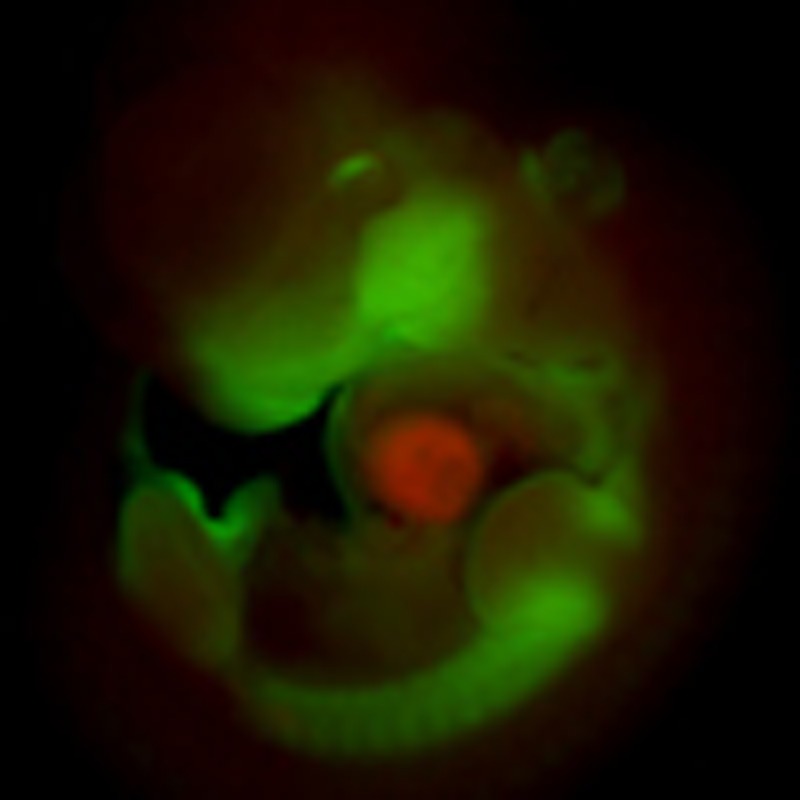- Record: found
- Abstract: found
- Article: found
GATA-dependent regulatory switches establish atrioventricular canal specificity during heart development

Read this article at
Abstract
The embryonic vertebrate heart tube develops an atrioventricular canal that divides the atrial and ventricular chambers, forms atrioventricular conduction tissue and organizes valve development. Here we assess the transcriptional mechanism underlying this localized differentiation process. We show that atrioventricular canal-specific enhancers are GATA-binding site-dependent and act as switches that repress gene activity in the chambers. We find that atrioventricular canal-specific gene loci are enriched in H3K27ac, a marker of active enhancers, in atrioventricular canal tissue and depleted in H3K27ac in chamber tissue. In the atrioventricular canal, Gata4 activates the enhancers in synergy with Bmp2/Smad signalling, leading to H3K27 acetylation. In contrast, in chambers, Gata4 cooperates with pan-cardiac Hdac1 and Hdac2 and chamber-specific Hey1 and Hey2, leading to H3K27 deacetylation and repression. We conclude that atrioventricular canal-specific enhancers are platforms integrating cardiac transcription factors, broadly active histone modification enzymes and localized co-factors to drive atrioventricular canal-specific gene activity.
Abstract
 The atrioventricular canal partitions the developing vertebrate heart. Here, the authors
show that the cardiac transcription factor Gata4 together with histone modification
enzymes and localized co-factors binds atrioventricular canal-specific enhancers,
thereby repressing gene activity in the cardiac chambers.
The atrioventricular canal partitions the developing vertebrate heart. Here, the authors
show that the cardiac transcription factor Gata4 together with histone modification
enzymes and localized co-factors binds atrioventricular canal-specific enhancers,
thereby repressing gene activity in the cardiac chambers.
Related collections
Most cited references55
- Record: found
- Abstract: found
- Article: not found
The incidence of congenital heart disease.
- Record: found
- Abstract: found
- Article: not found
Histone deacetylases 1 and 2 redundantly regulate cardiac morphogenesis, growth, and contractility.
- Record: found
- Abstract: found
- Article: not found